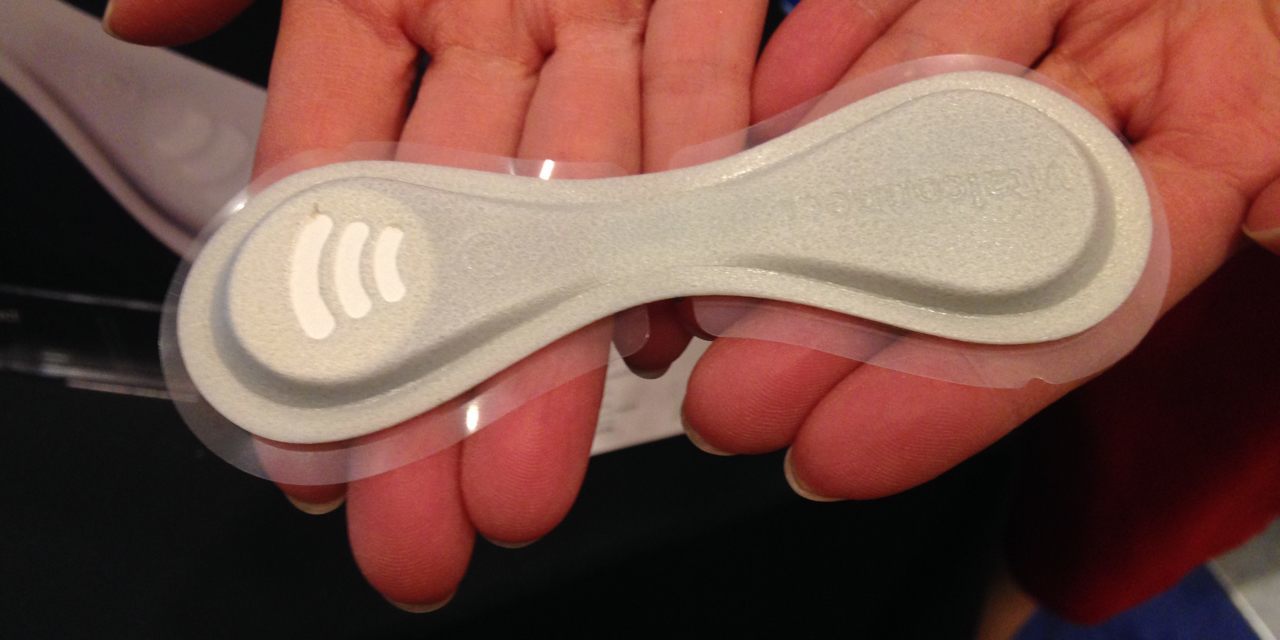Among the many forms of data flow that might occur from a medical device is direct to the patient. This received some notoriety when a patient wanted to access the output directly from their own implanted device. They had to do battle with the device manufacturer who claimed among other things that the FDA would not allow them to make the data available. It turns out that the "FDA won't let us" is a well known, if not necessarily correct, excuse in a different arena, that of medical device service and repair.
The FDA has added some clarification in this area with a recent Draft Guidance Document (DGD) entitled "Dissemination of Patient-Specific Information from Devices by Device Manufacturers". The DGD is not limited to implants but includes any device with which a patient is treated or diagnosed and which presumably retains such information. Remember that a Guidance Document is a non-binding communication from the FDA about its current thinking on a subject. That makes a Draft Guidance Document what FDA thinks it is thinking, subject to a comment period and a possible reworking, dropping of, or forgetting about the Draft which might remain in draft form for years.
The DGD speaks to the "appropriate and responsible dissemination of patient-specific information recorded, stored, processed, retrieved, and/or derived from medical devices from manufacturers to patients". Since it is device manufacturers that are being addressed, the assumption is that such data is under the control of the manufacturer rather than having been already passed into the provider world and the medical record. The data may also include information that healthcare providers have entered into the device as well as that generated by the device. The FDA notes that such data sharing would not require additional permission from the FDA, provided that it was consistent with the stated intended use of the device. In addition, sharing is not required but is an option. The language of the DGD is also that sharing with patients might be an option "when they request it". It is therefore not clear if routine sharing is part of this draft.
In two brief sections the FDA addresses the content and context of the data which are both relevant to assuring(or seeking to assure) that the information is understandable and not confusing or unclear such that it could be misinterpreted. Data might also need to be comprehensive with respect to the past, at least as far as data that the device or the manufacturer has.This assurance could actually be a substantial burden that might require careful design and testing, or perhaps avoidance of the sharing opportunity. The FDA notes that a manufacturer "may choose to provide supplementary instructions, materials or references to aid patient understanding", and that if they did so such information could be regulated labeling. Such information might be technical, e.g., how was the measurement made, or presumably, more medical. In addition to referring patients to their providers, the FDA suggests that manufacturers may wish to provide direct contact for answering patient questions. Depending on the scope of such questions this might raise considerable challenges to the manufacturer, unless the answer always is to call your doctor.
We are familiar with data from medical devices entering the electronic stream, and hence the importance of medical connectivity. Such data has perhaps until now been considered as existing only in the medical domain, although it can certainly leak out through patient access to their medical record and/or as made available by the patient's providers. This DGD addresses something that may be a coming trend, data that goes directly from medical device and/or manufacturer to the patient. If so, this is a relatively new challenge for many manufacturers.



Recent Comments